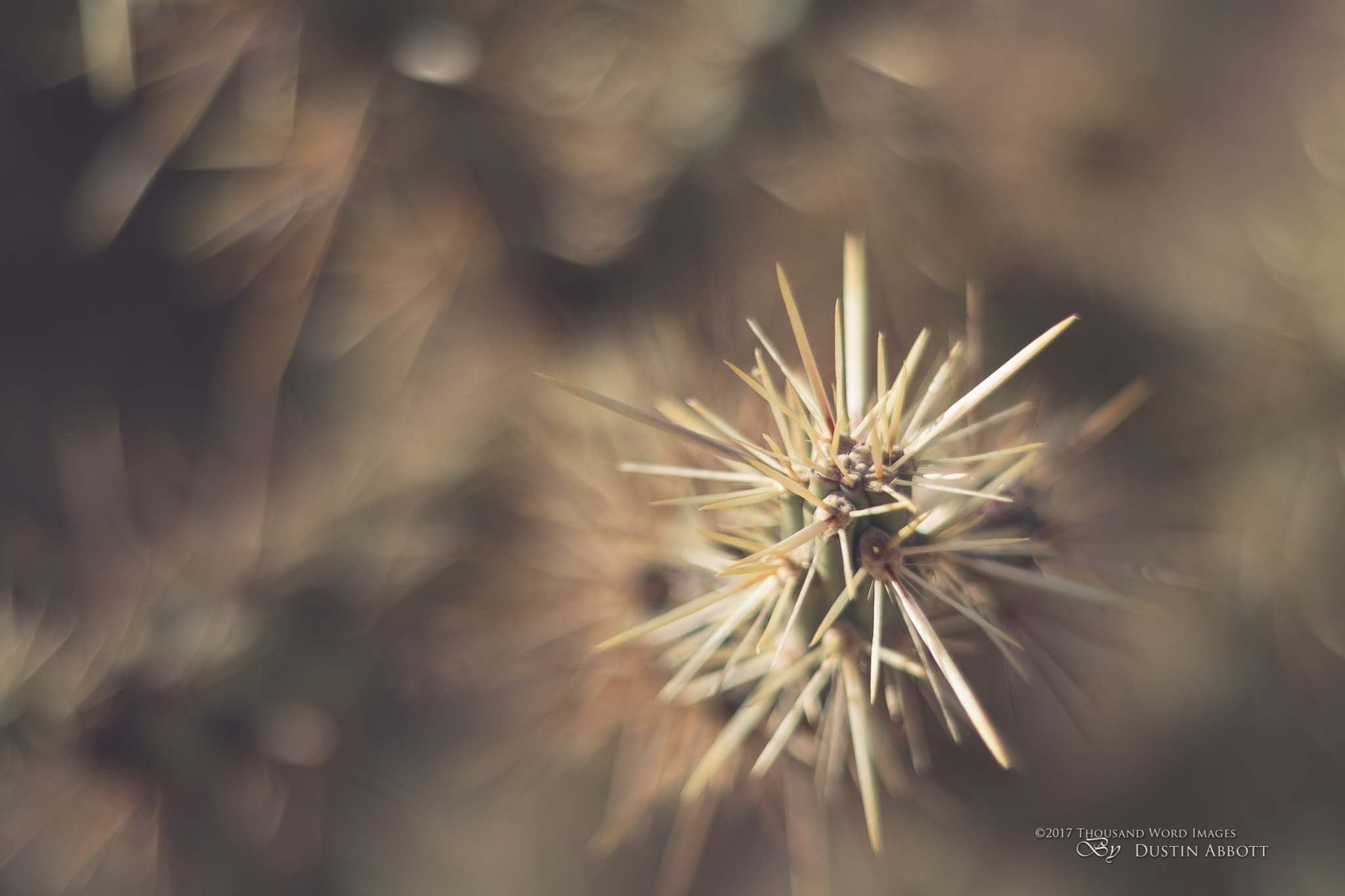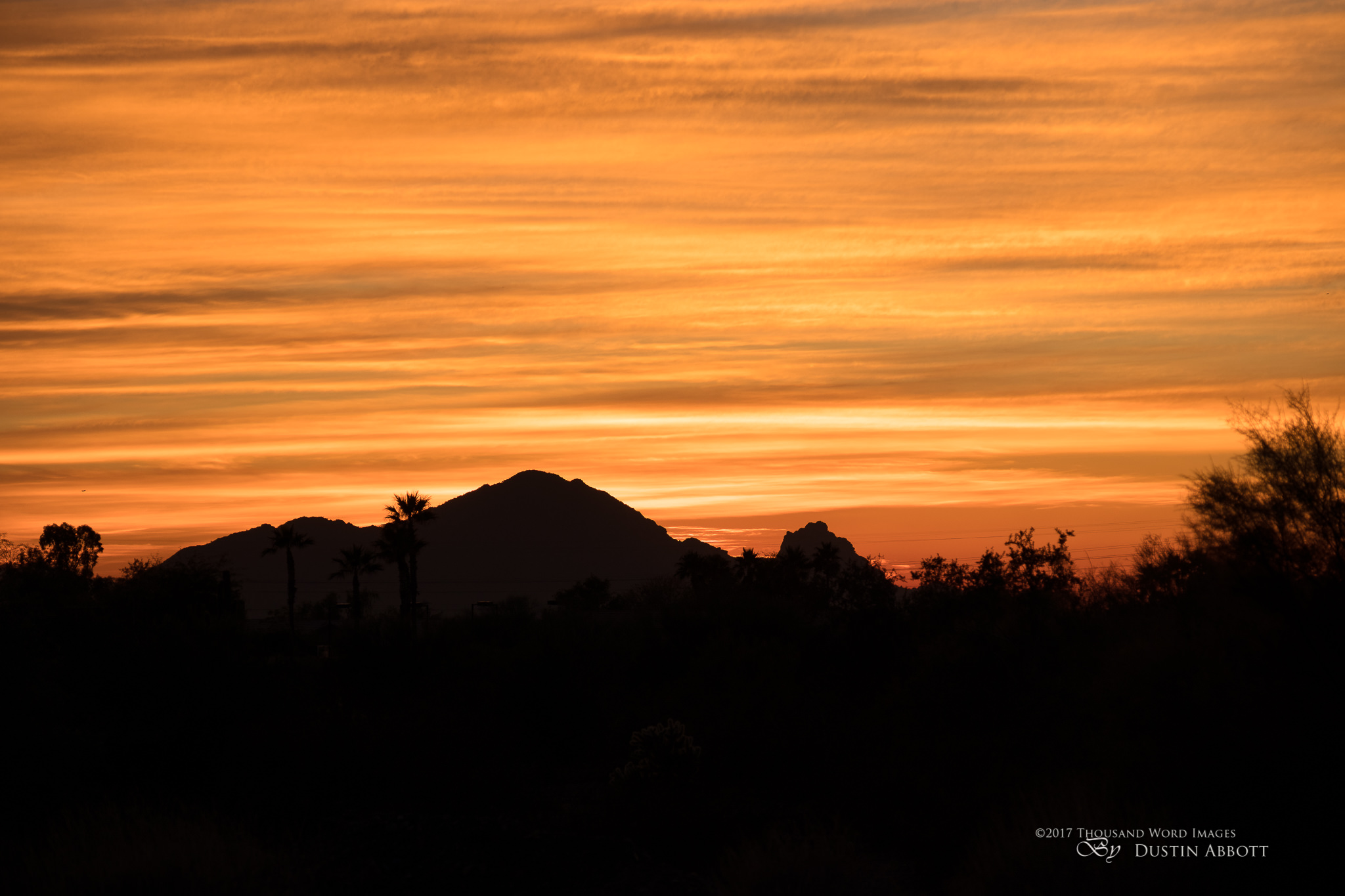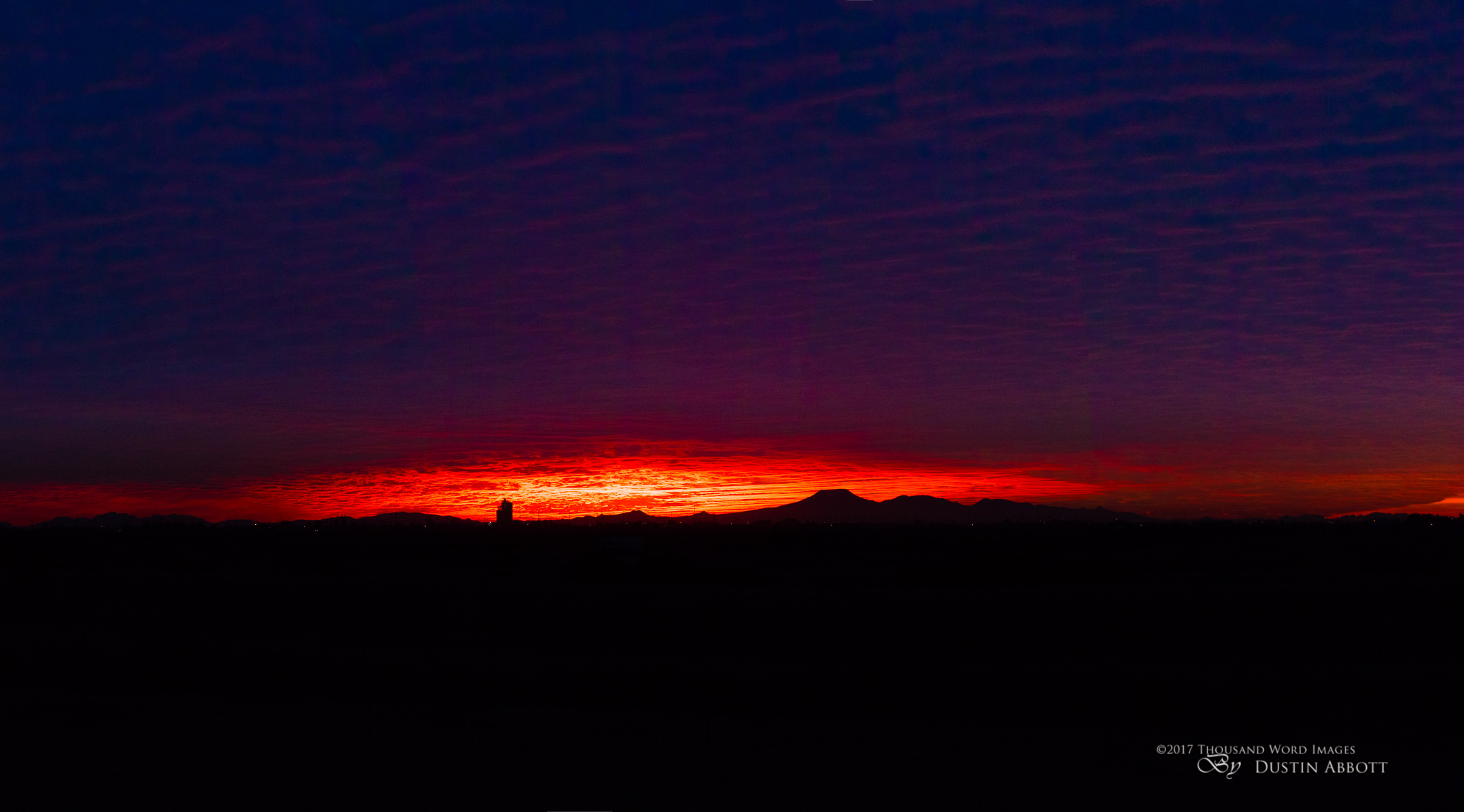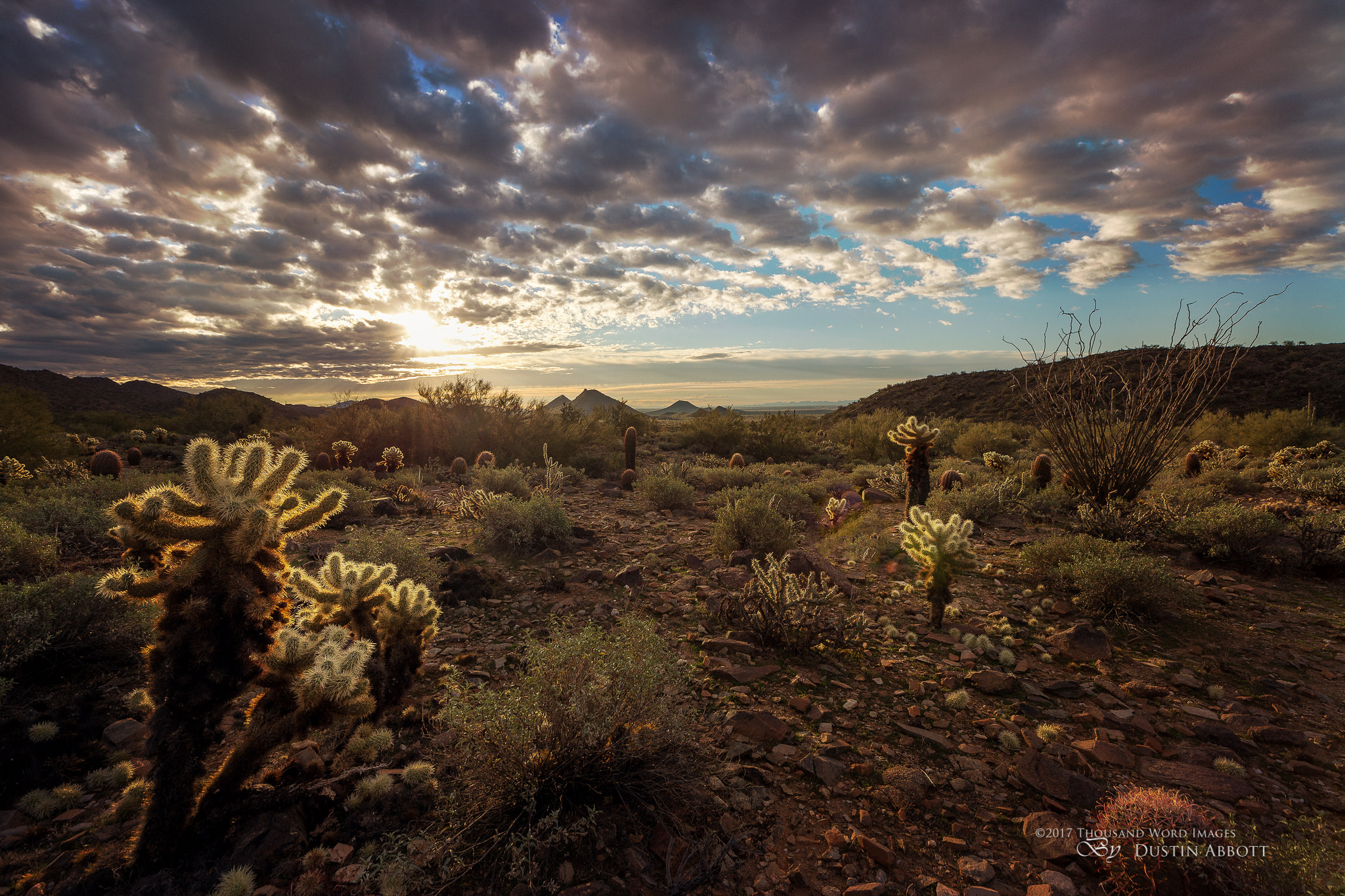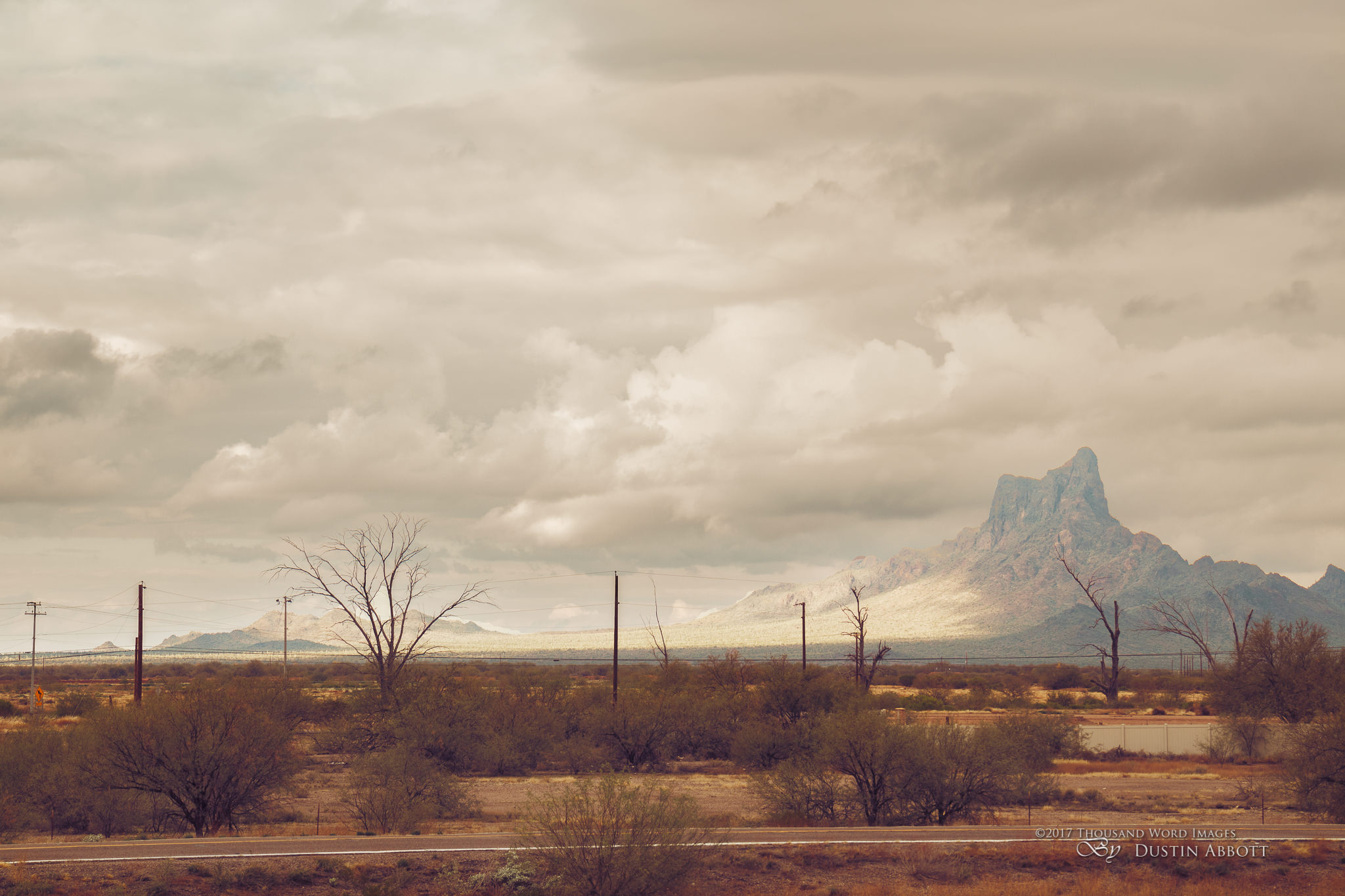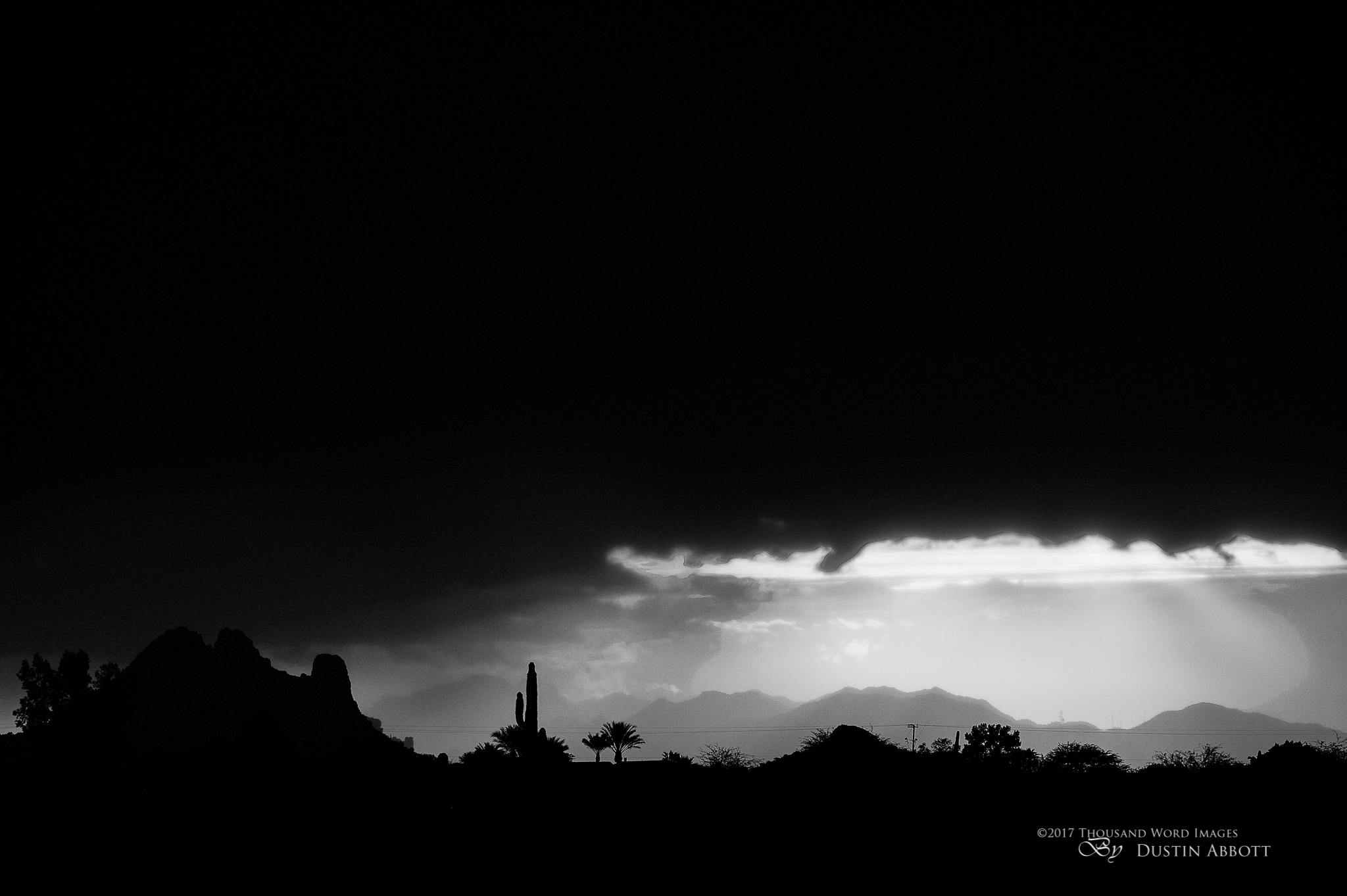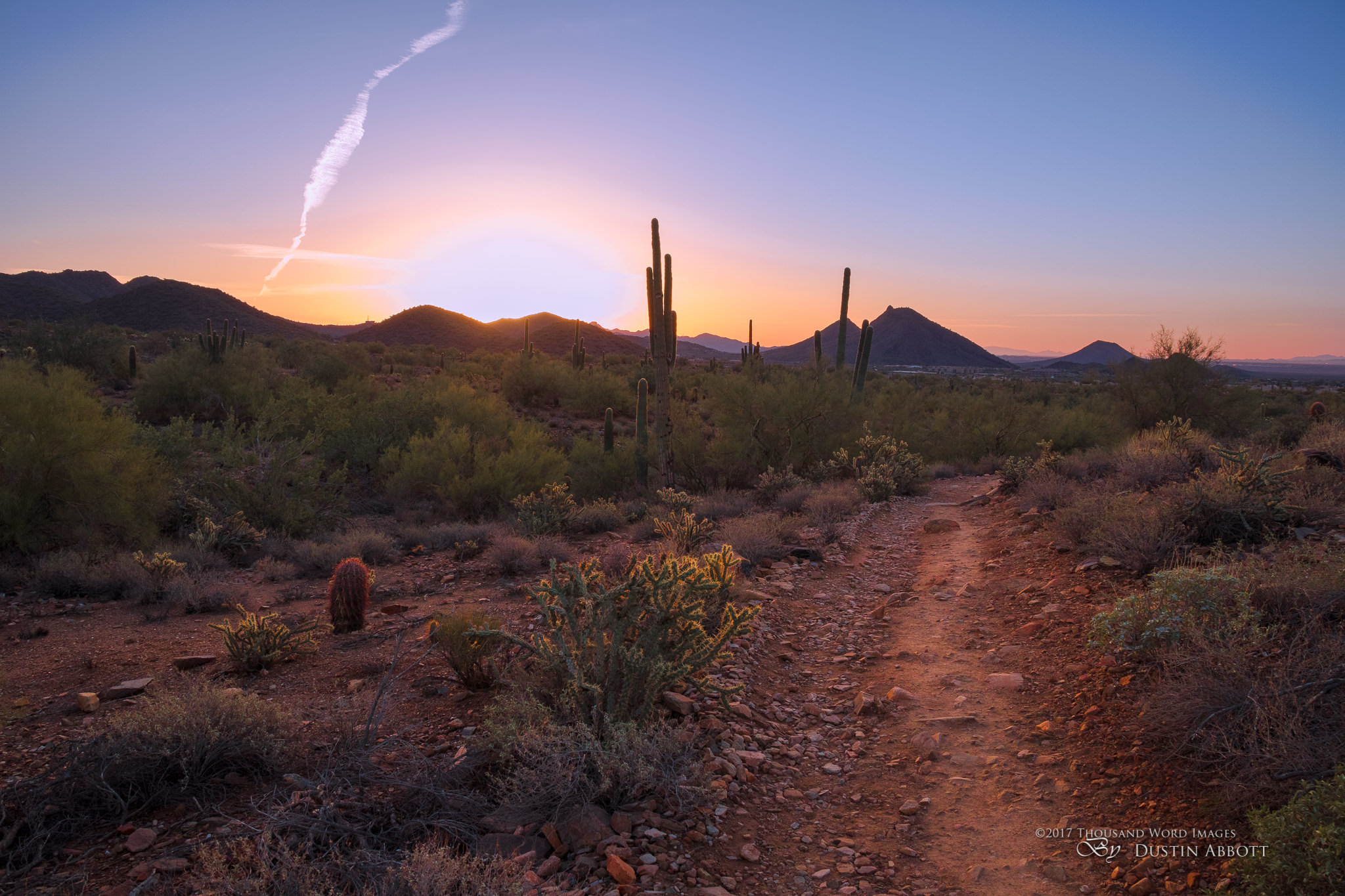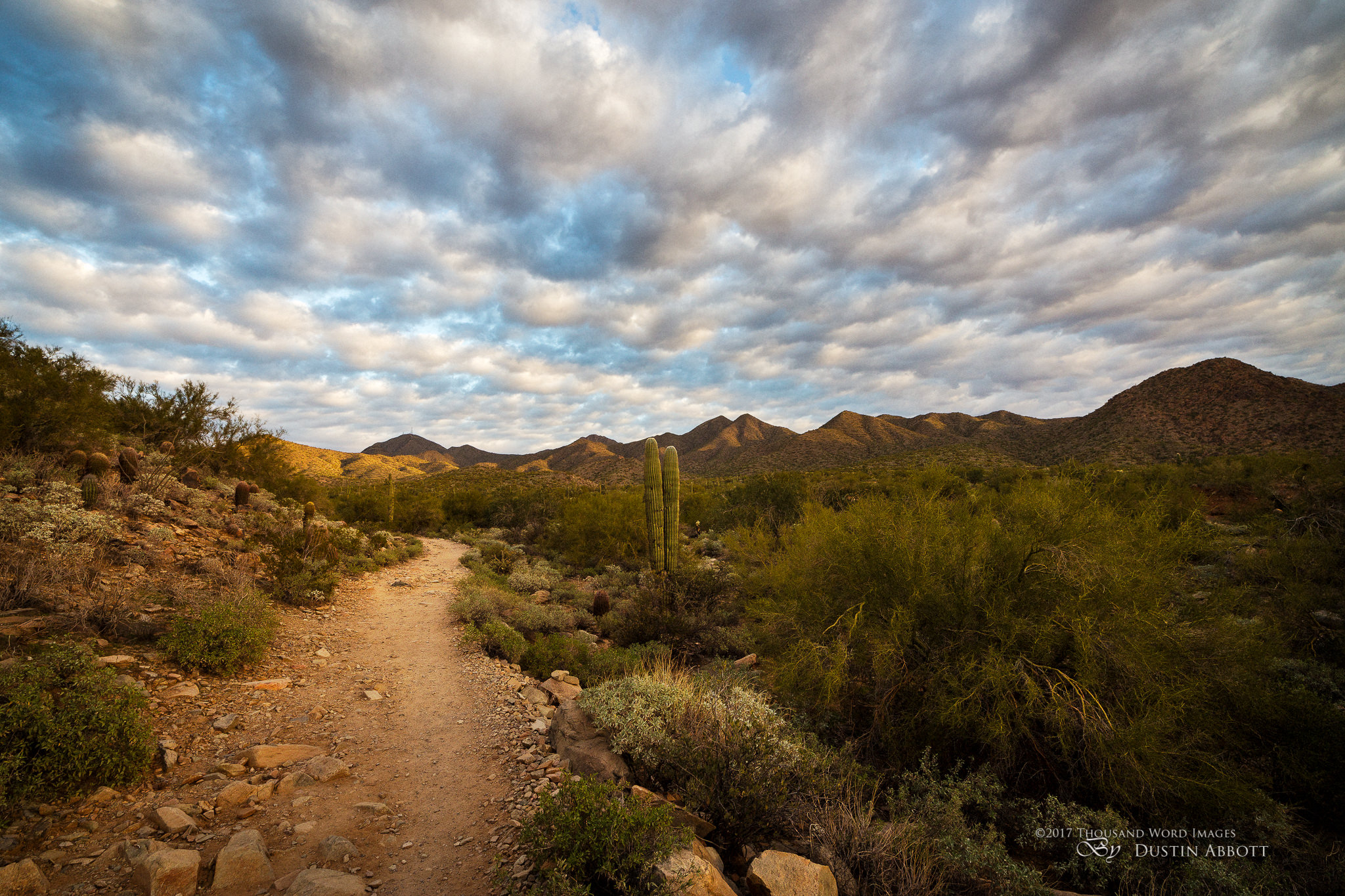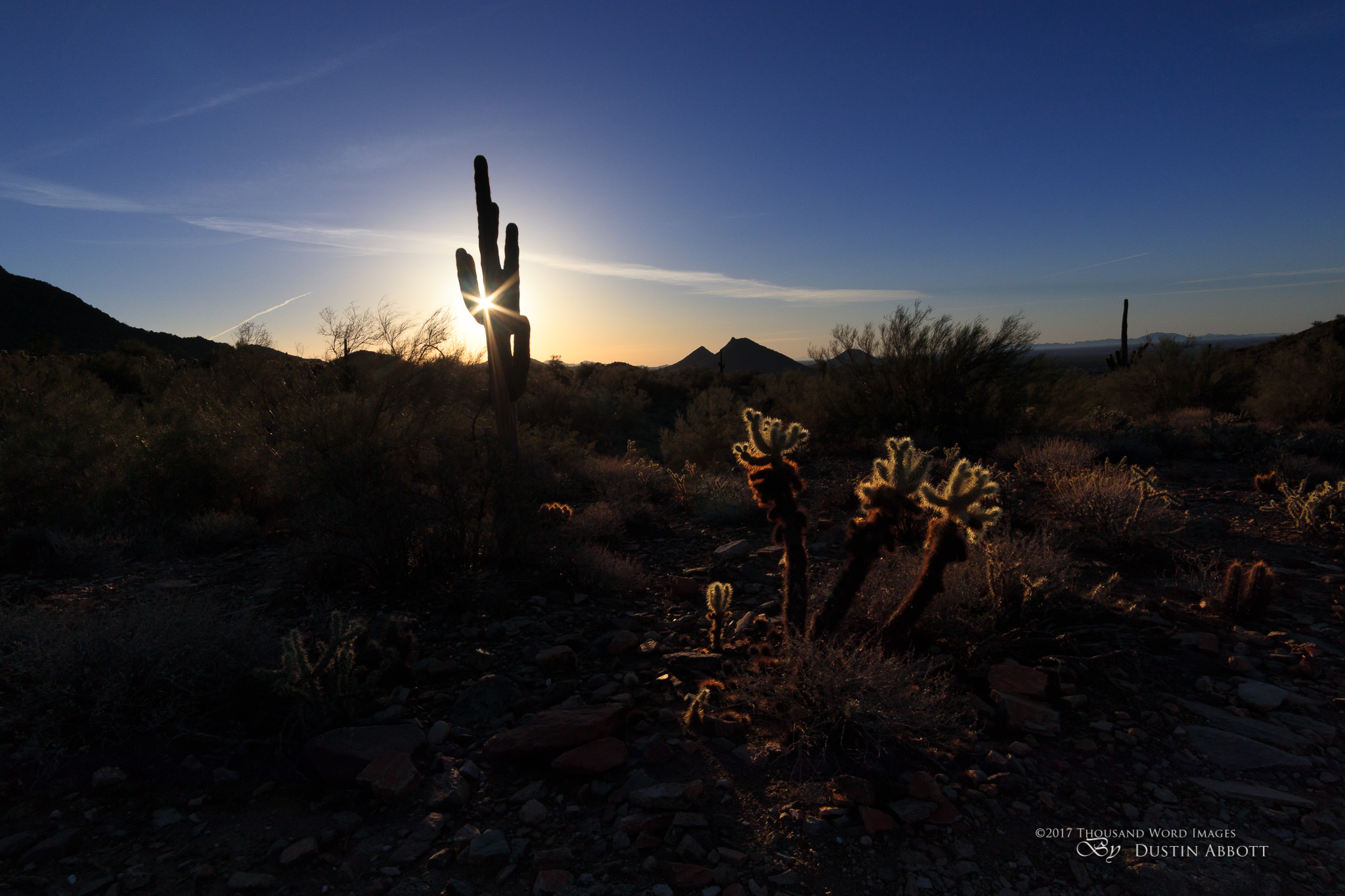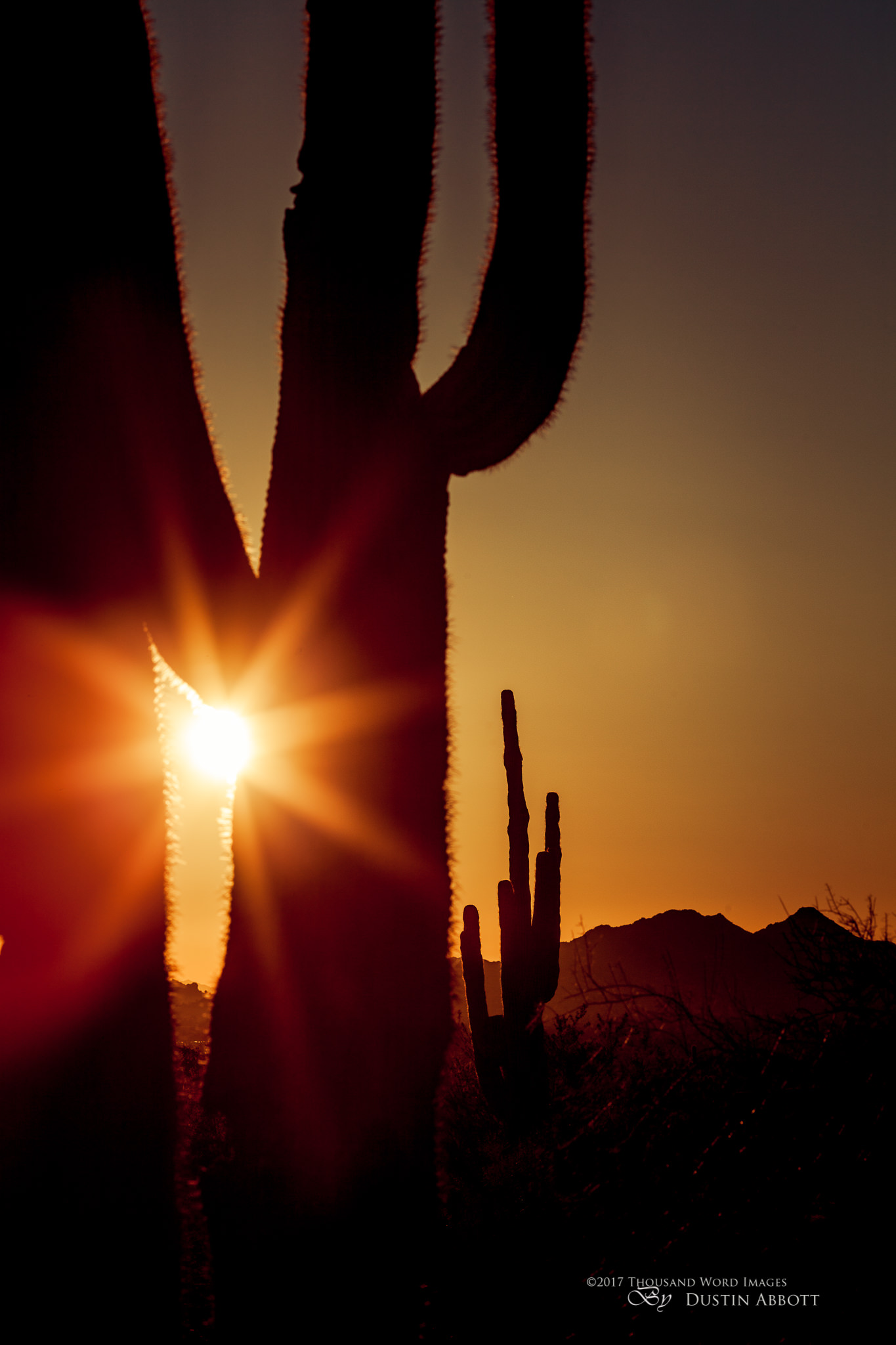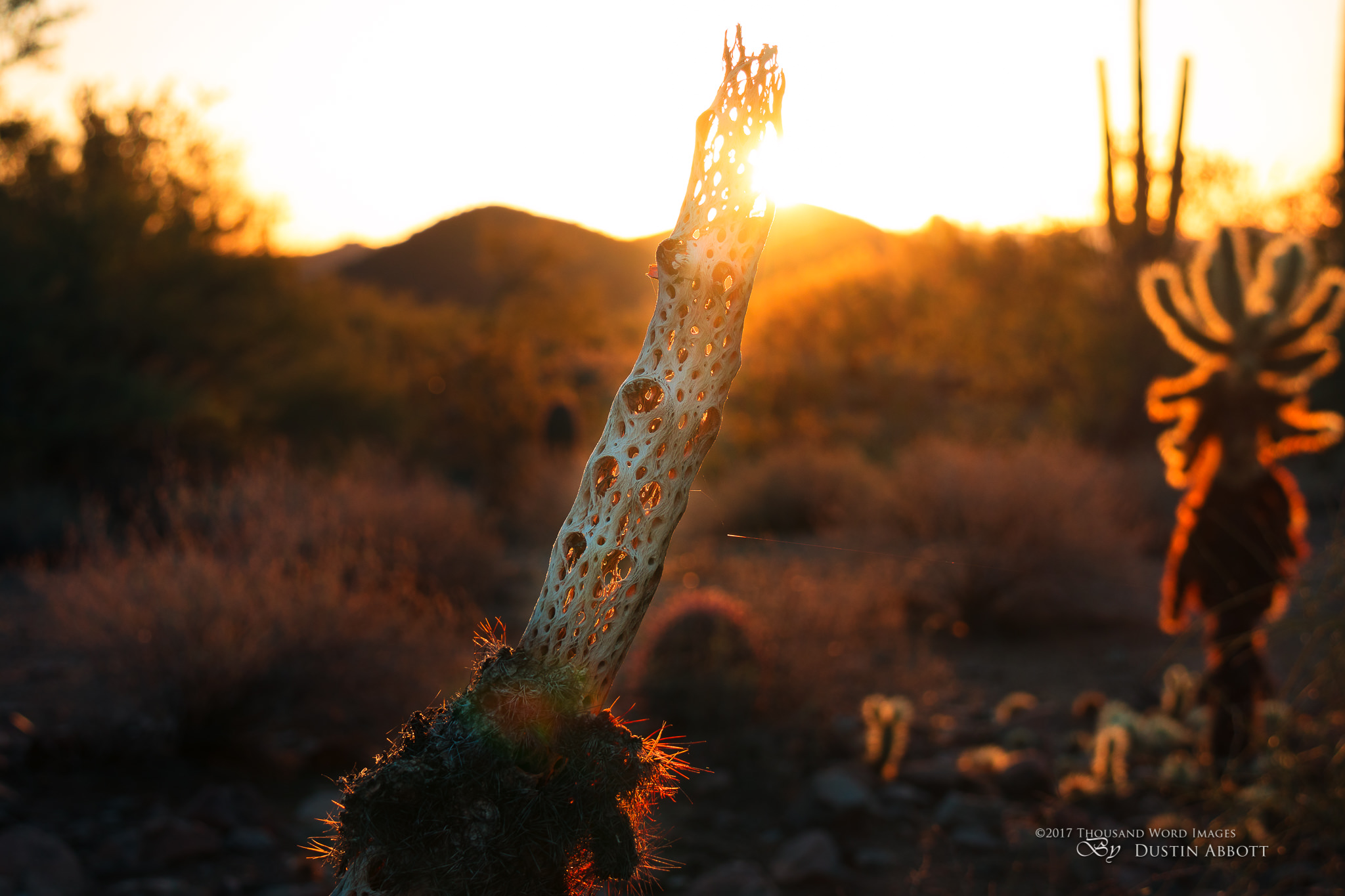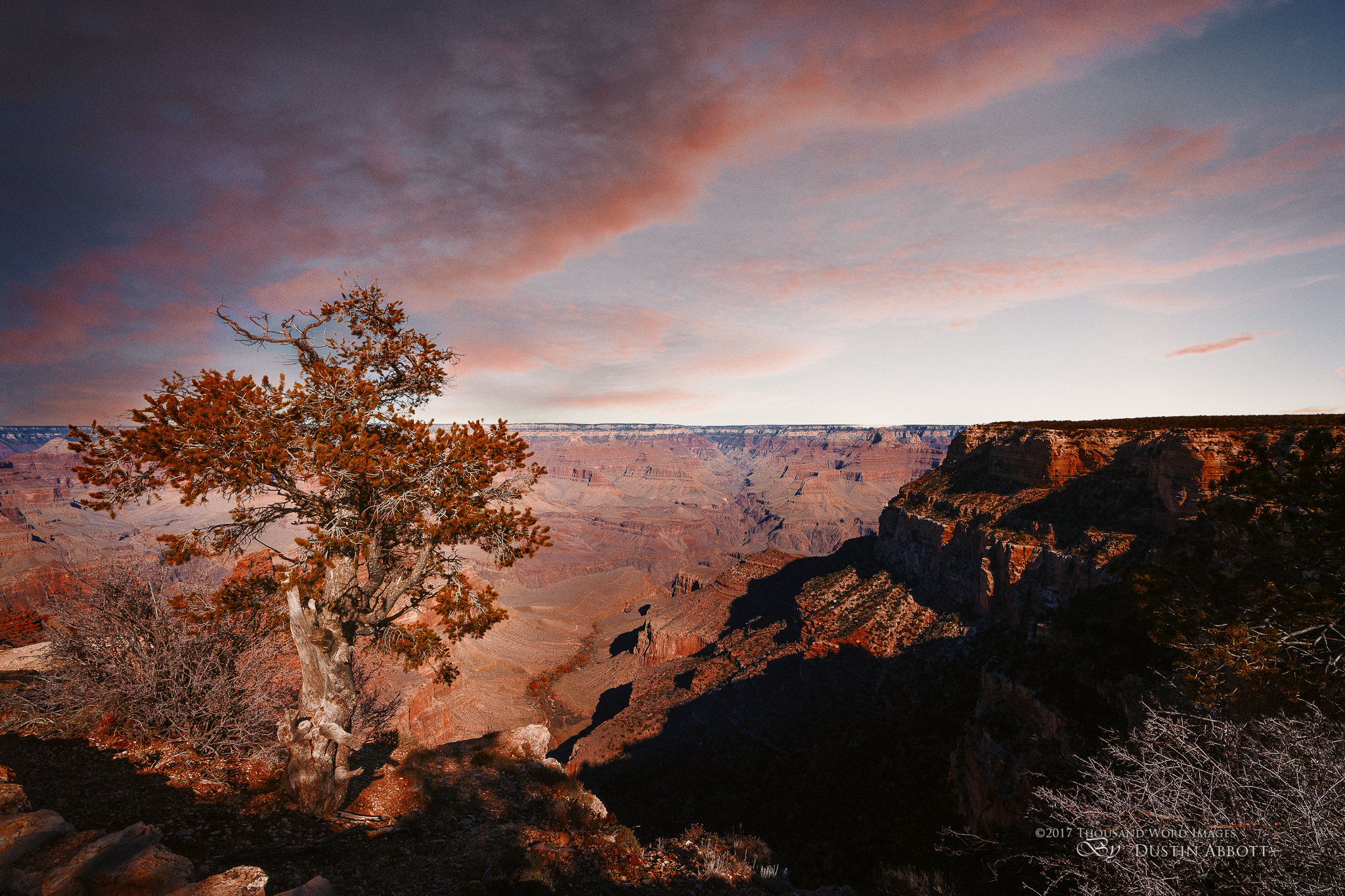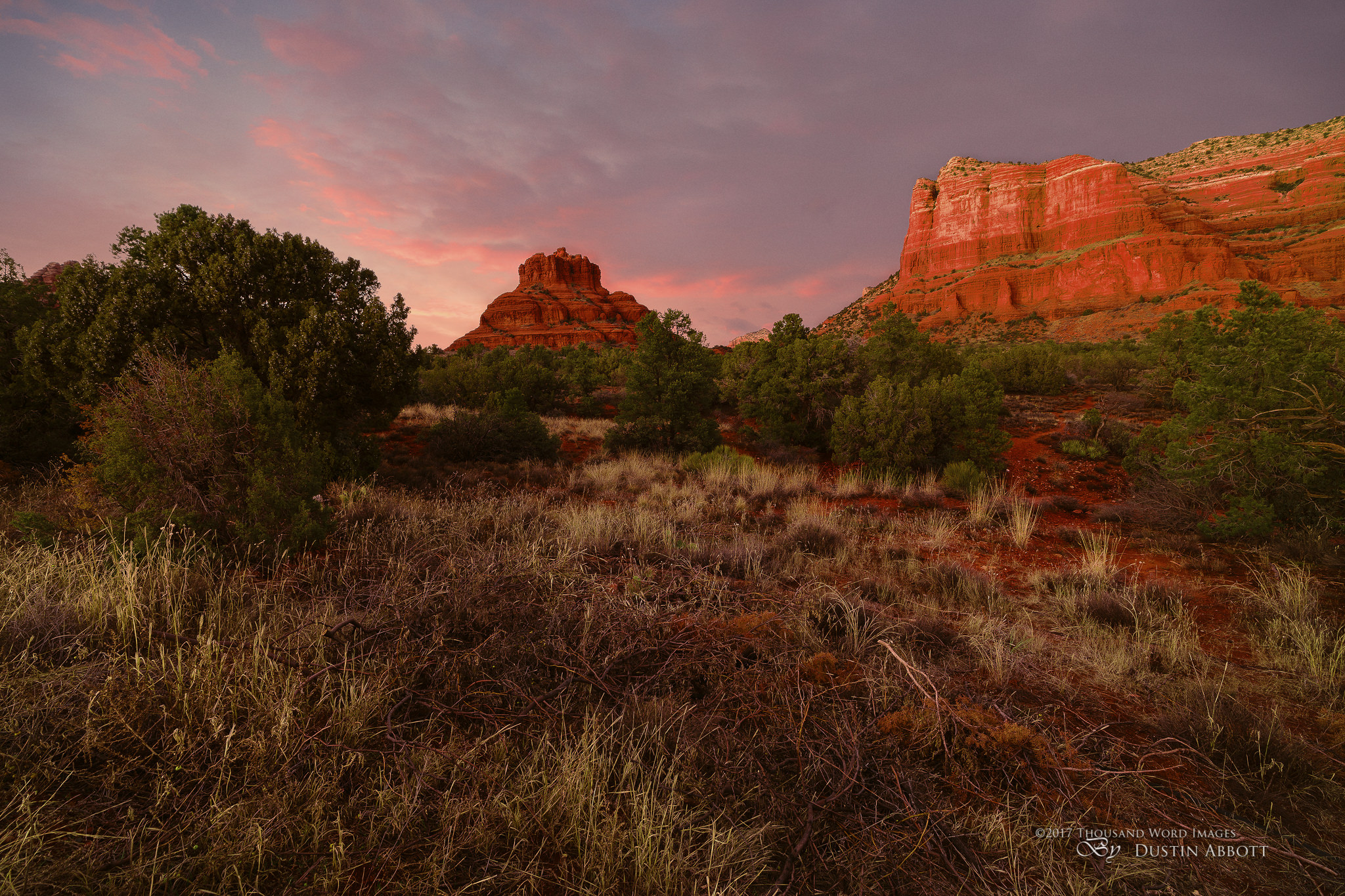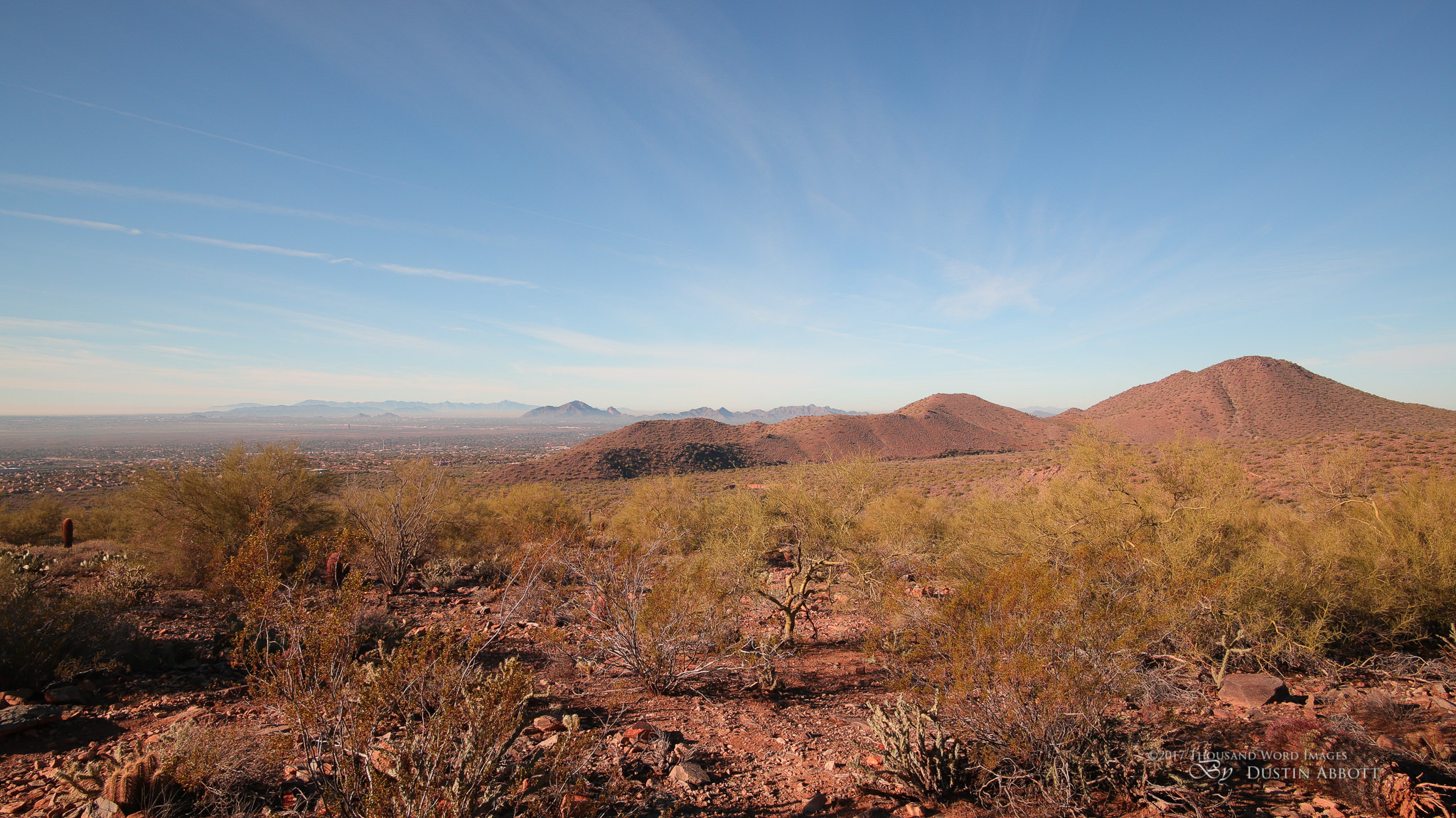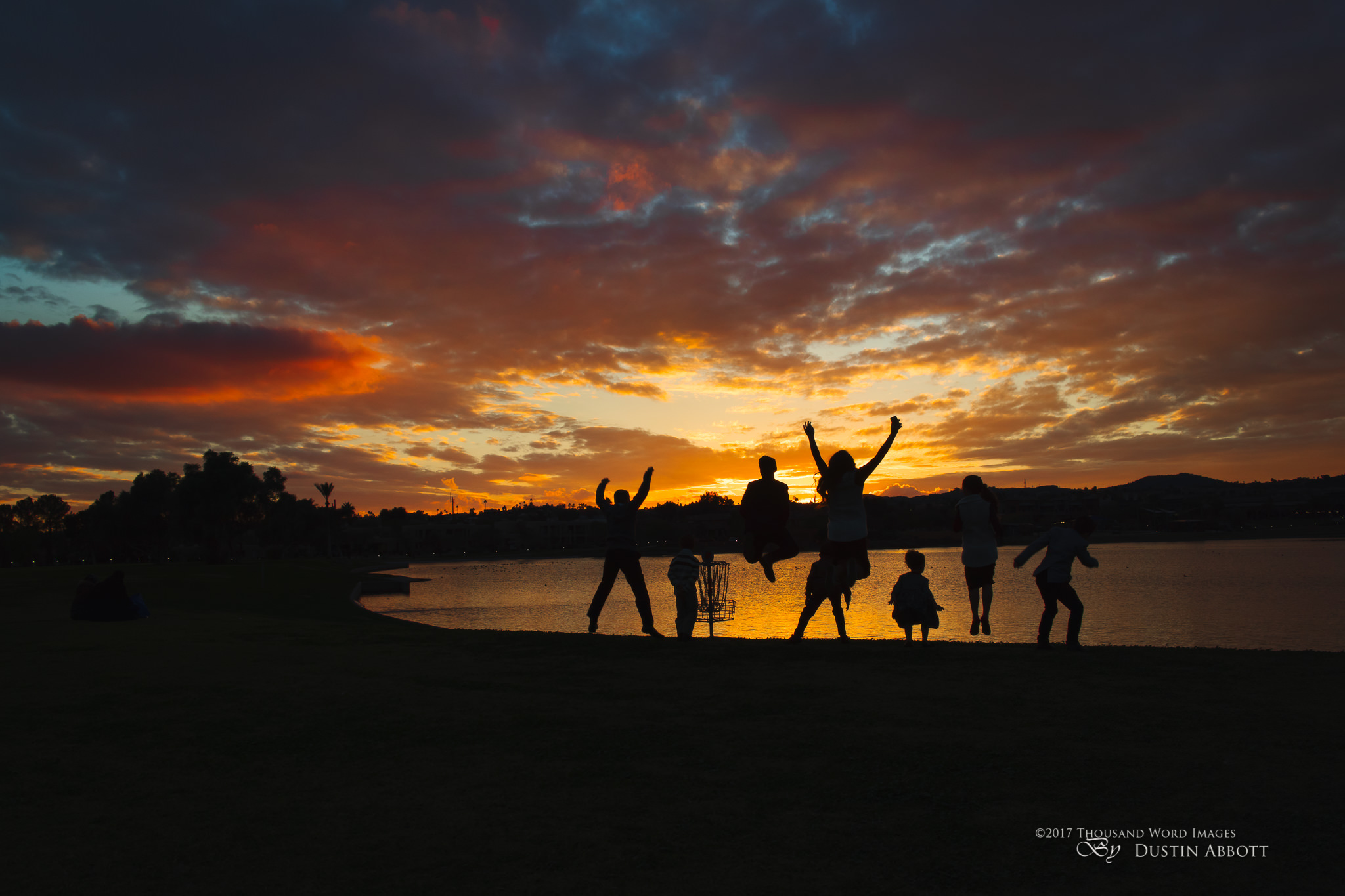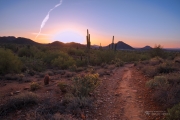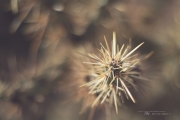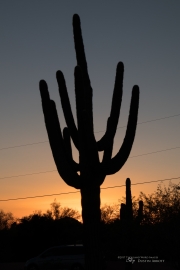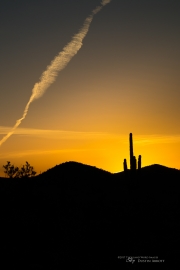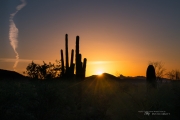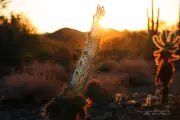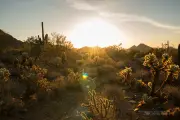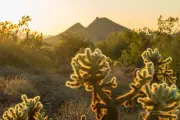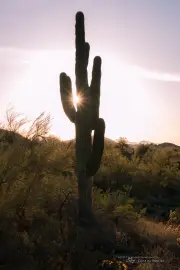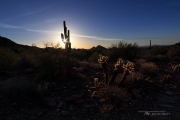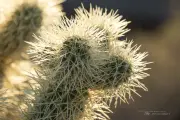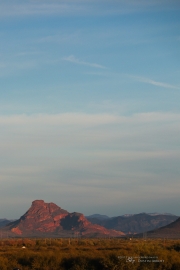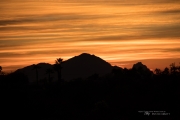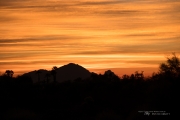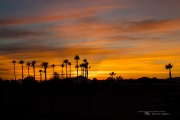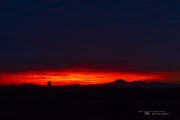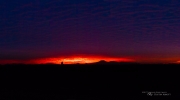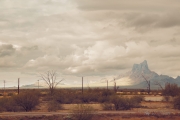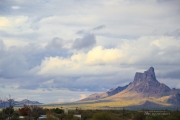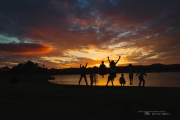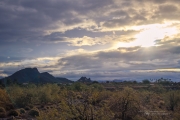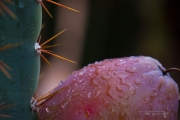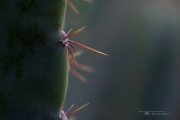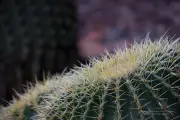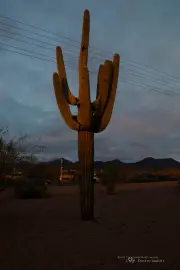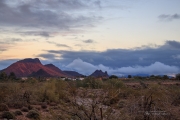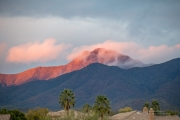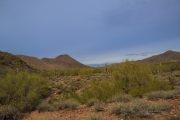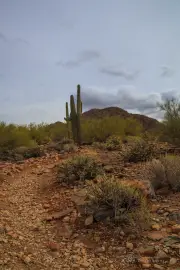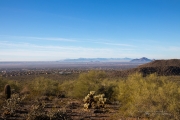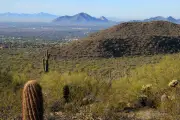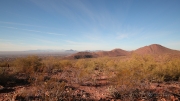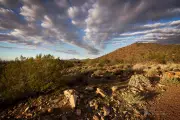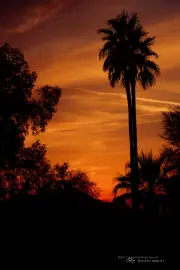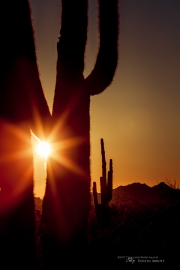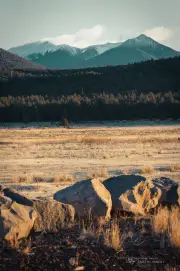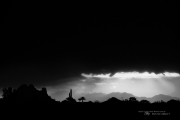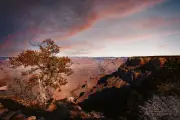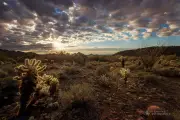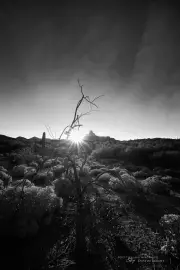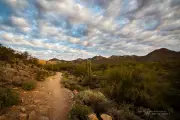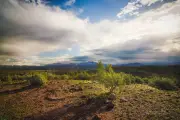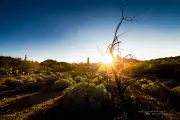Picturing Arizona
I live in Eastern Ontario, Canada. You can see into the Province of Quebec across the Ottawa River from my house. While it is white and cold out there at the moment, there are many times throughout the year where it is very green and very lush. It’s a far cry from the drier, rockier, more arid landscape of the Sonoran Desert that spans the southwest of the United States and the northwest of Mexico. It’s quite a shock for those unaccustomed to find on arrival to the desert that most all of the plants (not just the cactus) are heavily armored in some way, with spines, spikes, and thick skins. If you are going to take a tumble in Arizona, it’s best to plan where you are going to fall in advance.
I grew up in Arizona, and was happy to live there. I do remember moments in my childhood and adolescence, however, when the sun was baking down and the color was leached out of everything thinking how barren and ugly it all looked. The beauty of green places is instantly obvious, but the stark beauty of the desert is far more subtle. So subtle, in fact, that sometimes you can’t see it at all.
But a magical thing happens in the desert when the sun rises and sets.
All About the Light
In those moments that stark landscape is bathed in the most beautiful range of colors. The mountains glow with pinks, reds, and oranges. The sky erupts in sunsets and sunrises that are unmatched elsewhere, due in large part to the particulates in the air (read: dust) that filter out certain spectra of light and cause colors like reds and oranges to be more prominent. Even the spines of cacti become beautiful (particularly the ultra-spiny cholla), as they catch the light and glow; the silver lining around the dark cactus clouds. There’s no question the desert is uniquely beautiful in the golden hours of the day.
Equally special are the rare moments when storm systems move through the Southwest. The patchy light shines like a spotlight on certain mountain peaks, allowing that particular section of the world to shine. Back east the heavy forests often diminish your view of this effect, but the wide open spaces of the desert allow you to see for miles and miles, making this effect particularly vivid. The dramatic lighting makes the desert shine.
The Verdant Desert
The Sonoran Desert is a “verdant desert”. It isn’t dunes and wastelands, but is rather actually quite full of plant life. I particularly enjoy the look of the desert around North Scottsdale in and among the foothills of ranges like the McDowells. There are many miles of hiking trails through these foothills, and it is there that I disappear to in the mornings, enjoying the quiet beauty of the desert (sometimes to the chagrin of my wife when the length of my forays starts to intrude into her shopping time!!)
There are many interesting plants in the desert, but none quite so special as the giant saguaro cactus. The saguaro is unique to the Sonoran Desert and can grow to heights in excess of 70 feet (21m). Saguaros are great friends to photographers, as they provide one of the best silhouettes in nature. The outline is very, very clean and instantly recognizable. Here’s a tip for photographers: stop down your aperture to around f/11 and orient to where the sun is just peaking around the arm of a saguaro. You will get a beautiful sunburst effect that makes for a great image.
At the right times of year various cacti actually bloom with surprisingly delicate, beautiful flowers. The contrast between the spiny, thorny parent and the delicate blossom is both surprising and unique. It’s also worth looking for the very unique result of cacti dying: their internal makeup almost looks more like drying bones on the desert than the typical wood of trees.
The Big Picture
Arizona has more national parks than any other state. It is mostly known for the epic locations: the Grand Canyon, Sedona, Antelope Canyon, the Painted Desert, Canyon De Chelly, Vermillion Cliffs, Monument Valley, etc… These are all beautiful on a big scale, with dramatic natural formations that are rarely rivaled by any other place on earth. But even if your itinerary doesn’t include the epic locations you can still get a lot of amazing photos by just getting out into the desert at the right times of day.
Arizona is also home to a lot of very unique and different ecosystems. If you head up into the mountains along the several-hundred-mile long escarpment known as the Mogollon Rim you will quickly leave the desert behind and find completely different kinds of landscapes.
During the winter you can even do some decent skiing while there.
But what about all those rattlesnakes? Sorry to disappoint you, but I’ve hiked dozens and dozens of miles of trails in Arizona and have almost never seen a rattlesnake. The last rattlesnake I saw in Arizona was on…a golf course. The day before my youngest brother’s wedding. And what did he do? He picked it up, showed it to us all, and then flung it off the tee box down into a desert ravine nearby. He’s the mountain man of the family.
Uniquely Beautiful
I wanted to share a few words along with my photos to highlight the uniqueness of the desert. I grew up reading books by Louis L’Amour and Zane Grey that idealized the beauty of this rugged country. It may not be immediately apparent to those first visiting, but if you spend some time in the quiet, open spaces of the desert, you will find a different kind of beauty tugging at your soul.
“What do you think is prettier, Dad? Arizona or Canada?” asked my daughter.
After consideration, I could only say, “They are different.” You can’t really compare one to the other. In the perfect world, you get to experience them both. I guess I’m a pretty blessed man…
Gear Used:
I traveled light with a mirrorless kit on this trip, so all images are captured with a Canon EOS M5 body (I traveled with two of them) and several lenses: the new Canon EF-M 18-150mm IS STM kit lens, the Rokinon 12mm f/2 NCS, the EF-M 22mm f/2, the EF-M 55-200mm IS STM, and the Canon EF 50mm f/1.8 STM. A big thanks to B&H Photo for providing me many of these items for this trip. You can support them (and me) by purchasing through the links here.
The Gallery:


